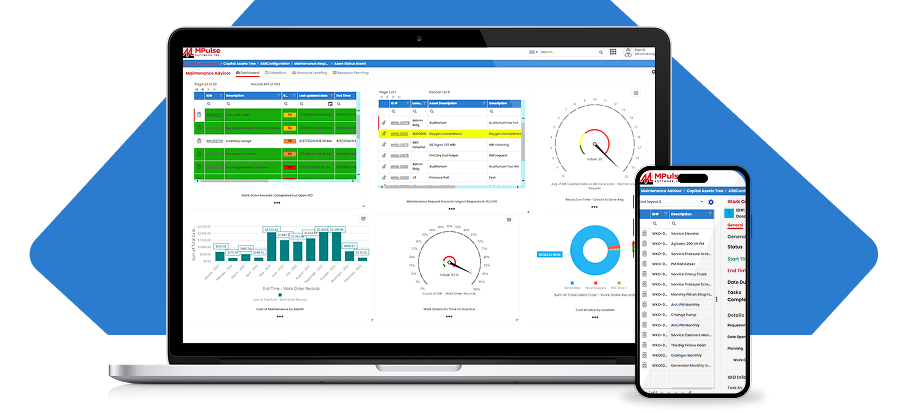“Focus on what you should do, not what you can do.”
It is too easy to open your new software and start entering data. The reason it seems simple is you can enter data into fields; all it takes is a mouse and a keyboard The hard part is knowing what data should be entered into which field and how it should be entered.
Implementing a CMMS is analogous to downloading the novel War and Peace and sitting down with our Nook, Kindle, or iPad for a good read. You power it up and find not War and Peace, but a Webster’s Dictionary! When you call the supplier, the service rep tells you the book you purchased has all the words that are contained in War and Peace—you just need to put them in the right order!
Entering data into your CMMS is building your dictionary so the CMMS can later put the data into the right order, under a variety of queries, over and over again to provide you with the information you seek. If the words are not in the dictionary, they can’t be in the book!
How do you know what data to enter? Where is the instruction book, the YouTube video, the Help system, the webinar, the website, or any of the other tools we use today to learn how to do things? Unfortunately there is no canned answer telling you what data should be include in your CMMS. If you got one, it wouldn’t mean anything to you anyhow.
Here is the answer: Only enter data you want to come out of the CMMS later. Only you, and your organization, can determine what to enter in the CMMS. Stated another way, if you don’t want to see it on a print out, the screen, a report, a widget, or graph, don’t enter it. If you can clearly determine what you want out of your CMMS, you can determine what to put into it.
Ask the stakeholders, all of them, what they want from the system. Have everyone mock up the reports they want to see or need. They should also indicate the frequency they want to see them, the filter fields and any sort criteria they’ll be using.
Careful, it’s not that easy. When I ask this question of the people I work with the most commonly requested report is a “List of Overdue Work Orders.” So I offer them a list that looks like this:
21, 182, 145, 22659,EE-091, 6
They say, “What use is this?” I say, “You asked for a list of overdue work orders, here is the list.” So now comes the hard part; what differentiators do you want on this list? My guess is you want to see at least who is assigned to the work order, when it was due, why it is late, what is the priority, what piece of equipment (or other asset type) is contained on the work order. You may also want to see the work load on the listed employee. Maybe they are overloaded and everything is overdue.
Say you say you want to know how much you spend on each piece of equipment. If I give you a spreadsheet with 500 rows, one for each piece of equipment, and two columns, one labeled Equip Number and the other labeled Total Cost of Maintenance, will this give you what you want? What if it has 5000 rows? Don’t you want to know what charges are included in the figure displayed in Total Cost of Maintenance? Do you want to be able to break this list down by any other attributes such as the equipments location, its department, its system or cell, its cost center, its type, or model? You might want to be able to drill down on each asset to the work order level and find out what kind, type, or projects are associated to each work order that built up the total cost.
Remember, only put into your CMMS what you want to come out of your CMMS. This means turn off the computer, even though you can enter data. Now you should start a discussion with everyone from the top person in charge and the maintenance repair technician as well as the customers of the maintenance department and find out what they want to see from the CMMS. Then, you’ll know what source data you need to put in.
Now that’s your answer.

